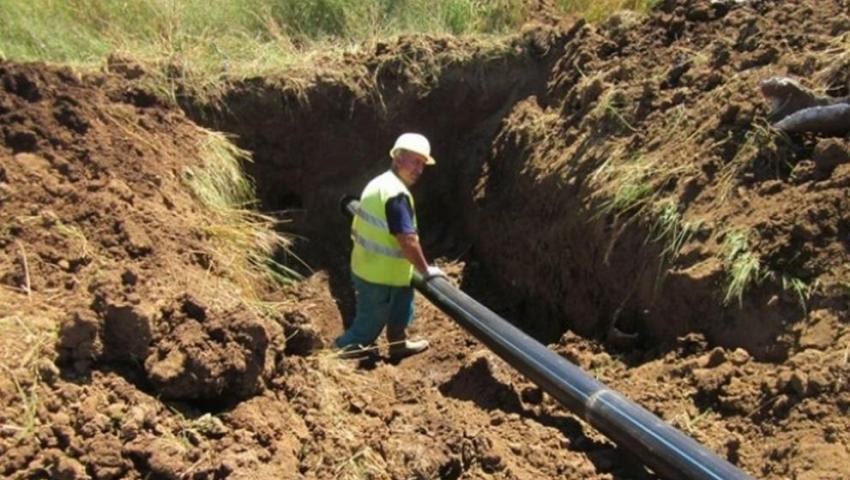The total water losses in 2019 are estimated at 57.3 percent or 509.9 million m3
The largest share in water use is water for cooling processes in energy (77.5% of used water), compared to 2018 decreased by 2.1%

The total water losses in 2019 are estimated at 509.9 million m3, or 57.3% of the supplied water (56.4% for 2018), according to the data for 2019 for the NSI environment. The predominant part are the losses in water transport (real losses), and in 2019 they are estimated at 434.7 million cubic meters.
99.4% of the population in the country is connected to public water supply. The average daily consumption of drinking water by households in 2019 is estimated at 99 liters per person.
The water supplied by water and sewerage in 2019 is 890.5 million m3, which is 0.6% more than in 2018. The water supplied to end users (invoiced) in 2019 accounted for 39.1% of the supplied water, and the water for technological, fire and other purposes water (uninvoiced) was 3.7%.
In 2019, 6.0% of the population in the country was on a water supply regime due to water shortage, mostly seasonal.
The total length of the water supply network (operated by water supply and sewerage) in 2019 is 75,038 km, of which 60 km were newly built and 616 km were reconstructed / replaced.
The needs of agriculture are increasing
In 2019, 5,435 million m3 of fresh water were seized in the country, which is 0.2% more than in 2018. The seized surface waters increased by 0.3% and accounted for about 90% of the seized fresh waters. Water abstraction from the Agriculture, Forestry and Fisheries sector increased by 12.2% to 812 million cubic meters.
At the same time, there is a decrease in the seized cooling water in the energy sector by 2.1% to 3,756 million m3, as their share is 65.2% of the seized fresh water. There is a decrease in the extracted water from underground sources - by 0.8% compared to 2018. 80.4% of the seized groundwater is for the purposes of public water supply.
The industry takes the most fresh water
The structure of water abstraction in the country is relatively stable. In 2019, the most significant share of water is for the Industry sector - 69.1% of fresh water, followed by the water supply sector (15.5%) and the Agriculture, forestry and fisheries sector (14.9%). One part of the seized water is for final consumption, and the rest is water loss (leaks, evaporation, measurement inaccuracies and other physical losses).
The largest share in water use is for cooling processes in energy
Water is provided through public supply (water supply), irrigation systems, own or other supply.
In 2019, the total amount of used fresh and non-fresh water in the country was 4.58 billion m3, compared to 2018 decreased by 1.5%.
The largest share in water use is water for cooling processes in the energy sector (77.5% of the water used), compared to 2018 decreased by 2.1%. These waters are mainly provided by their own supply and are usually returned to the water source after use. The water used for irrigation of agricultural crops in 2019 (307 million m3) increased by 5.5% compared to 2018. The consumption of drinking water by households in 2019 (250.5 million m3) remains close to the level of the previous year.
